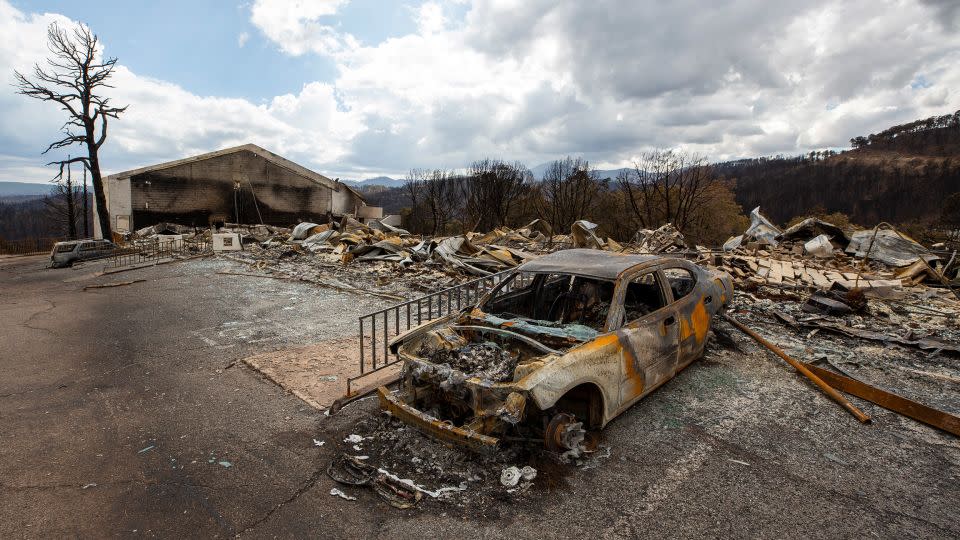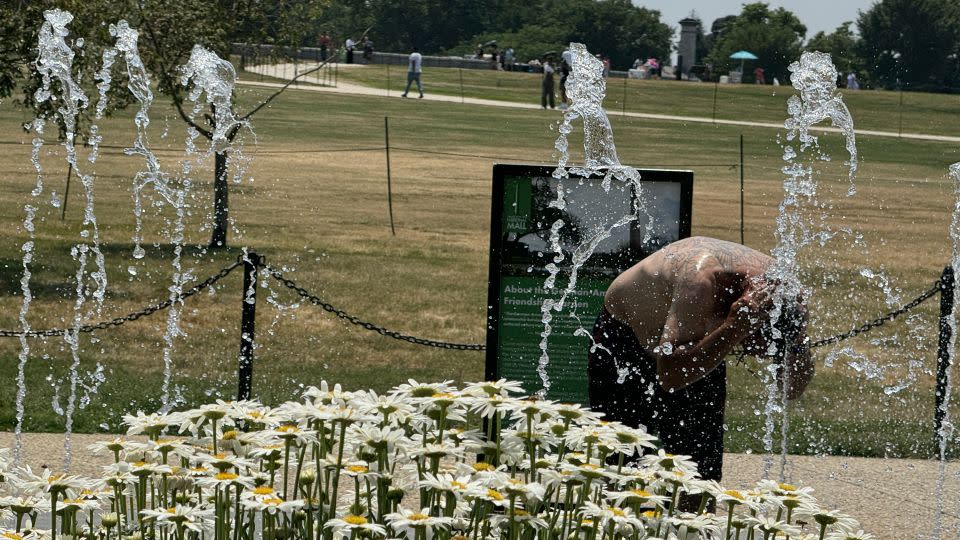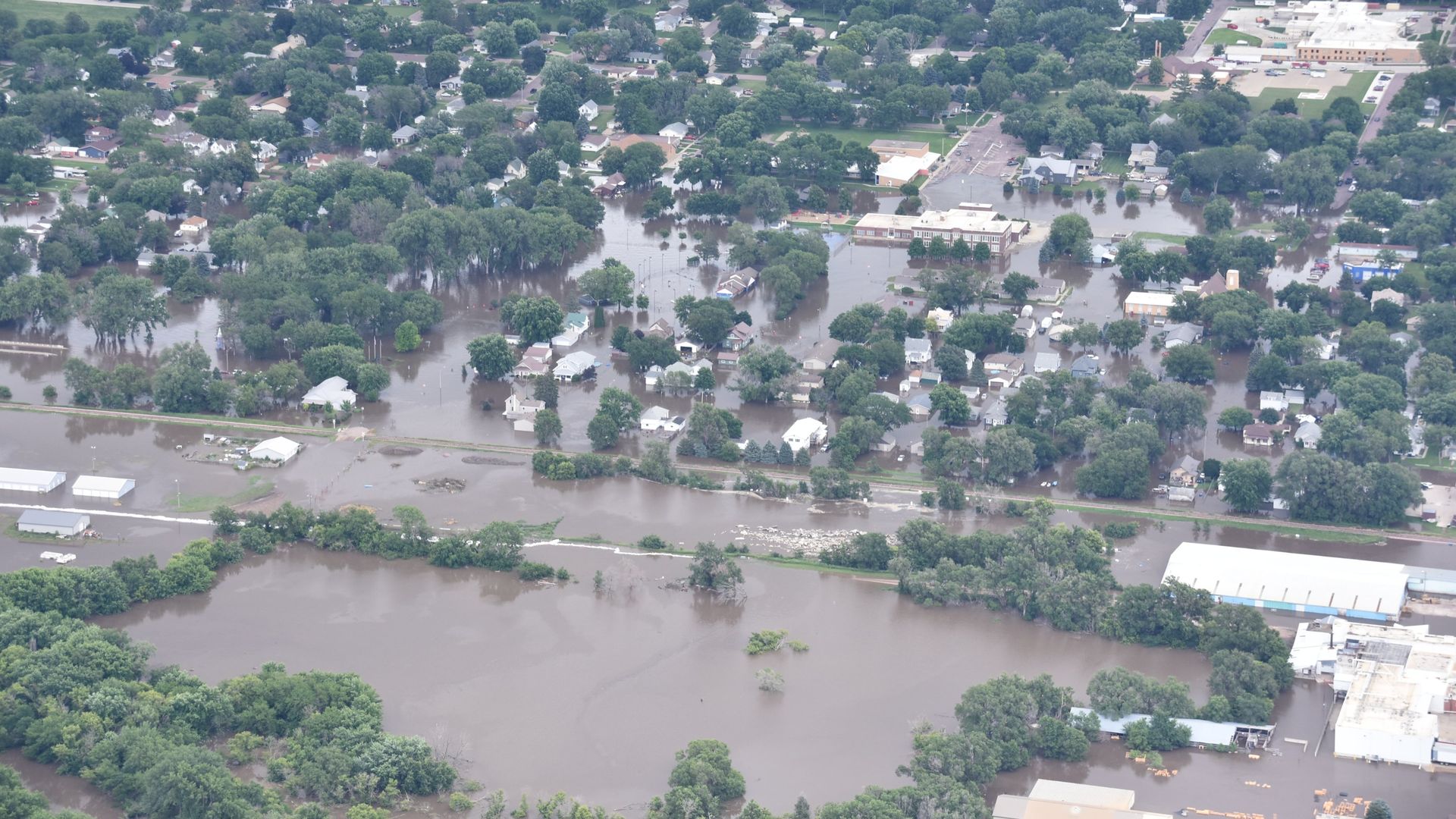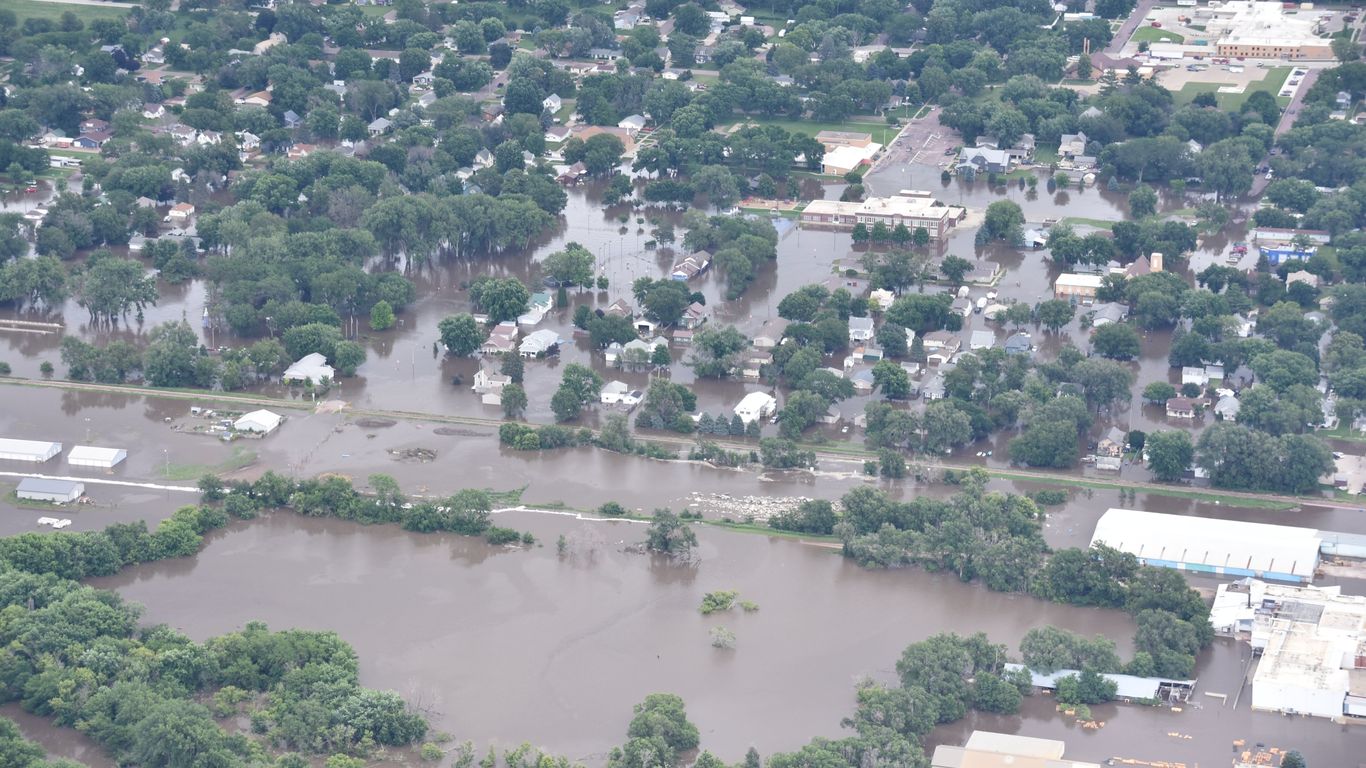
Sioux City and other areas in Iowa and the Midwest are currently experiencing catastrophic flooding, prompting evacuations and causing significant damage to neighborhoods and businesses. According to reports from various sources, including Sioux City Fire Chief Tom Everett, the Big Sioux River has reached record-breaking levels of 44.25 feet, with predictions that it will start going down now. The Missouri River is expected to crest at 31.1 feet on Monday morning, which is higher than the levels seen during the 2019 floods but lower than those during the 2011 floods. Several roads have been closed in Sioux City due to flooding, including Hamilton Blvd off-ramp for I-29, Chris Larsen Park Drive, and Military Road north out of Riverside. At least four houses in Riverside had water up to their lawns and nearby streets, with crews using pumps to move the water back into the river. City crews are placing pumps in low spots and trying to keep utilities up and prevent water from entering basements. No sandbags have been made available for residents as officials believe the Big Sioux River will start going down now, and the Missouri River is expected to start going down on Monday morning.
The flooding in Sioux City is just one part of a larger issue affecting the Midwest. Nine people were rescued from rising water in Sioux Falls, South Dakota, and at least 13 rivers have flooded in northwest Iowa. Evacuations have been ordered for several neighborhoods and towns, including Hawarden, Estherville, Emmetsburg, Humboldt and others. The Des Moines River has overflowed its banks in several places, causing major flooding in cities such as Spencer. Several levees have also failed or are at risk of failing due to the excessive rainfall.
Governors Kristi Noem of South Dakota, Tim Walz of Minnesota, and Kim Reynolds of Iowa have all declared emergencies in their respective states due to the flooding. The National Weather Service has issued flood warnings and watches for much of the Midwest, including Illinois, Minnesota, Wisconsin, Nebraska and Iowa. Residents are being urged to stay informed about the situation and follow any evacuation orders that may be issued.
The flooding in the Midwest is just one part of a larger weather pattern affecting much of the United States. An expanding heat dome is threatening much of the Lower 48 from the Central Plains eastward, causing record-high temperatures and severe thunderstorms in some areas. The excessive rainfall and flooding are being linked to climate change by experts, who warn that such extreme weather events are becoming more common and more intense.







